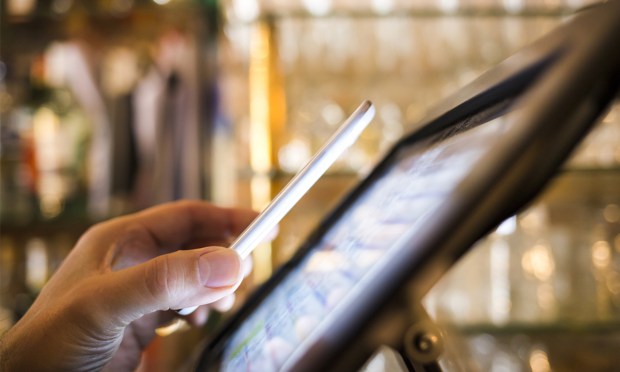PayPal’s Court Win Spotlights Continuing Evolution of Digital Wallets

The legal dust-up between PayPal and the Consumer Financial Protection Bureau (CFPB) over digital wallets has notched a win in PayPal’s favor.
As reported this week, U.S. District Judge Richard J. Leon ruled that the CFPB “had no rational justification” for placing digital wallets under the rule’s “short-form” fee disclosure requirements.
Per the ruling, and as PYMNTS detailed, unlike other products, “digital wallets are not primarily used to access funds or to function as a substitute checking account,” Leon’s opinion said. “They do not require a consumer to preload or prefund an account before they can use it (and indeed, most digital wallet users never carry an account balance).” PayPal’s own argument has been that digital wallets are not reloadable debit cards.
We note that the legal wrangling may continue — and that appeals may be in the offing. But the discussion over regulations and disclosure rules highlights the shifting definitions of what digital wallets are — and how they’re evolving, as providers and consumers leverage the digital channels for a variety of linked functions that add up to a continuum of financial services.
There’s an important distinction that might be made here, as, beyond PayPal pre-paid cards, virtual debit cards are linked to bank accounts and can be/and are used as “plastic” debit cards might be used.
Some Distinctions
In an earlier decision handed down last year through the appeals court in this case, PayPal’s argument was noted that the company “does not generally charge fees for using its financial products and only a small percentage of digital wallet transactions use stored funds. The Prepaid Rule therefore failed to account for the differences between PayPal and other prepaid account providers, whose services are closer substitutes for traditional checking accounts.”
How We’re Using Wallets
Earlier this year, PYMNTS Intelligence found in joint research with AWS that debit cards used in digital wallets accounted for 31% of non-grocery purchases online and accounted for 54% of digital wallet purchases (also non-grocery) in-store. PayPal balances, as a payment method, followed with a respective 34% and nearly 12%. Bank transfers held roughly a mid-teens percentage point share. The use of digital wallets themselves has particularly wide embrace with younger shoppers — 79% of Gen Z consumers regularly use them; more than 60% of millennials and bridge millennials do.
The wallets, then, are, for lack of a better word, elastic in what they do, and will do — well beyond the confines of simply storing funds. As Ingo Payments CEO Drew Edwards told Karen Webster in a discussion on the changing role of banking, and with a nod to money mobility: “If you wrap a market competitive digital experience — where consumers download apps and can do all the things that they want to do with an account — you’ve got a consumer at a ‘buying moment with intent’ that they did not even necessarily realize that they had.” The digital wallet, in 2024, is both an enabler and driving force of those changes.

